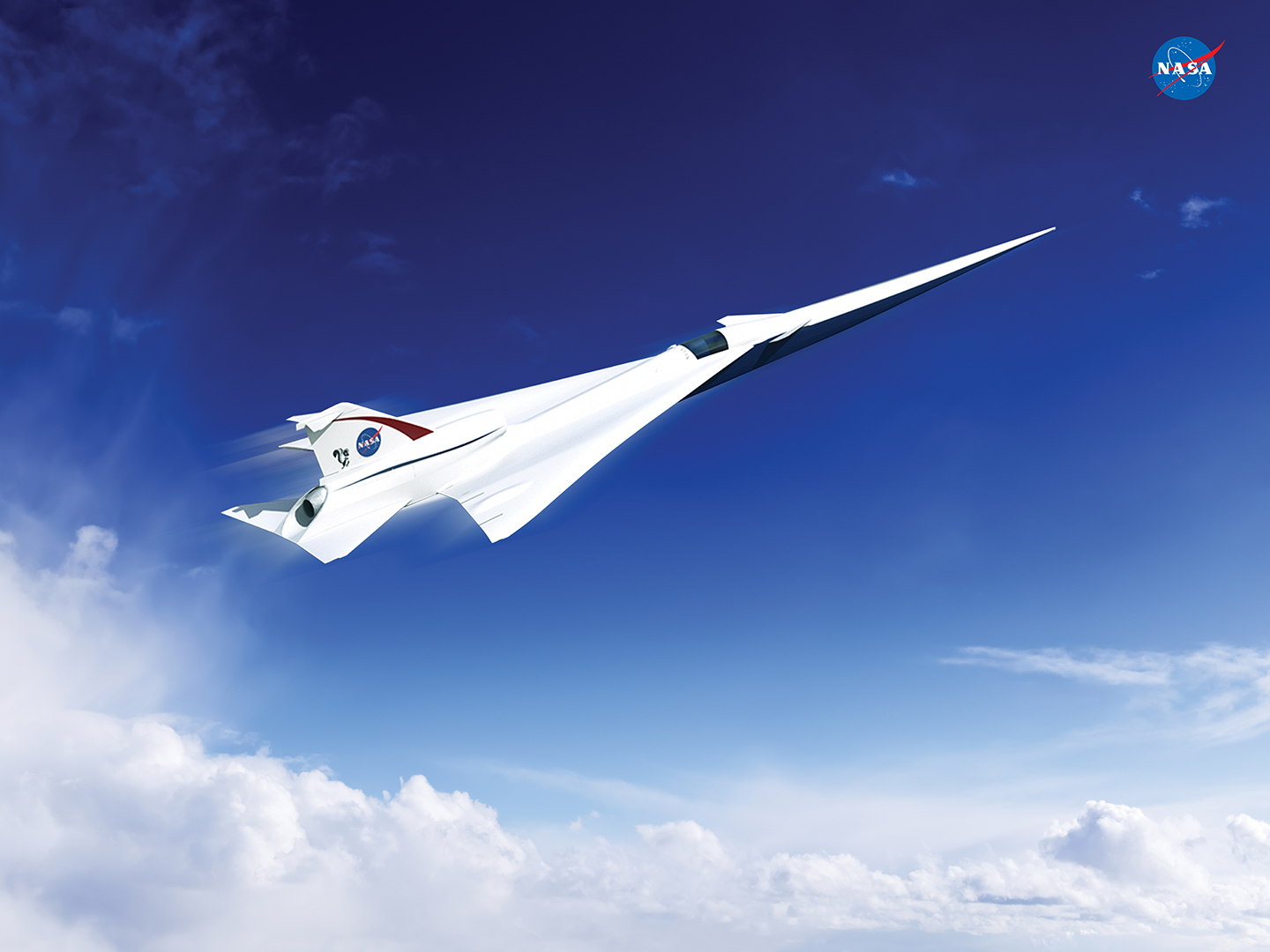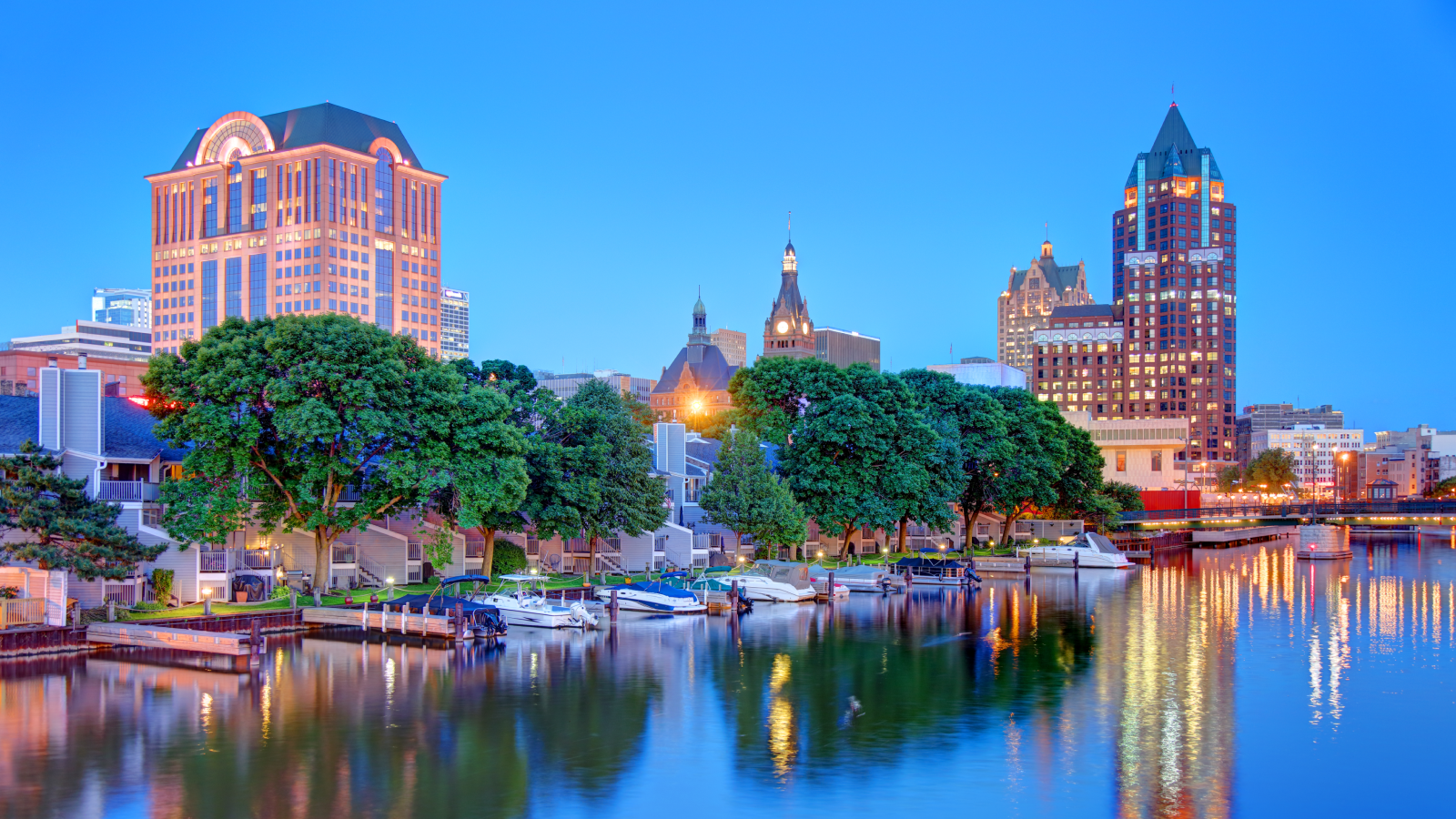Superquiet Supersonic: NASA Aims for Softer Booms

Supersonic commercial airplanes could make a comeback in the not-too-distant future, bustling passengers to far-off destinations faster than the speed of sound. But there's one problem with these superfast airplanes: They're also superloud.
Just how loud are supersonic aircraft? That depends on the size of the plane, the speed at which the jet travels and several other factors. But even at their slowest, these planes travel 761.2 mph (1,225 km/h), or the speed of sound, and generate a "window-rattling" sonic boom, NASA said. The space agency is currently developing technologies that could make supersonic planes less noisy and therefore less "annoying" for those on the ground.
NASA and its partners in the aviation industry are building "low-boom aircraft," with different designs than those used in older supersonic jets, like the retired Concorde. The new generation of planeswill have a body shape that reduces the "annoying noise, rattle and vibration" that occurs when aircraft break the sound barrier, creating the shock waves that produce sonic booms, NASA said. [Supersonic! The 10 Fastest Military Airplanes]
The startlingly loud booms that supersonic planes create led the U.S. Federal Aviation Administration (FAA), in 1973, to ban these aircraft from flying over land. But NASA is working with the FAA, as well as other aviation organizations, to change these regulations, Alexandra Loubeau, an acoustics engineer at NASA's Langley Research Center in Hampton, Virginia, said in statement.
"We are working with other agencies across the world to support development of new noise-certification for supersonic flight, so, instead of being prohibited, it would be allowed over land and sea," Loubeau said.
But before commercial flights start traveling at supersonic speeds, NASA has to figure out why the noise these planes generate is so annoying to people on the ground. Is it the "boom" noise itself that bugs people, or is it the vibration that accompanies the noise? The agency has developed a series of tests at its research facility to answer these and other questions.
"What we do in these tests is we break apart all the different parts of a sonic boom — the sound, the vibration it may cause, the rattling of objects inside a room that the vibration may cause," said Jonathan Rathsam, a NASA acoustics engineer. "We break those all apart and try to add them in piece by piece to try to figure out what is driving the annoyance."
Get the world’s most fascinating discoveries delivered straight to your inbox.
For the tests, NASA recruits members of the local community from near the agency's research facility in Virginia. The volunteers sit in an enclosed room and are subjected to a series of sonic-boomlike sounds generated by powerful speakers and subwoofers. The chairs the participants sit on are also equipped with shaking devices that rattle to mimic the vibrations from a real sonic boom.
The booms simulated in NASA's lab aren't quite as loud as those produced by first-generation supersonic planes like the Concorde, which stopped service in 2003. Instead, the researchers are testing sounds and vibrations that mimic the softer booms (NASA calls them "thuds") that next-generation supersonic aircraft could generate.
"The data in this lab will be used to develop a model to predict people's response to sonic booms, but then that is only one piece of the big puzzle," Loubeau said in a statement. Field studies are also being conducted in which supersonic planes fly over people's actual homes to assess the real-life annoyances caused by sonic booms, she added.
But don't expect to see supersonic planes flying over your neighborhood just yet. Loubeau said the first of these high-tech (but low-decibel) aircraft won't take to the skies until 2025.
Follow Elizabeth Palermo @techEpalermo. Follow Live Science @livescience, Facebook & Google+. Original article on Live Science.



